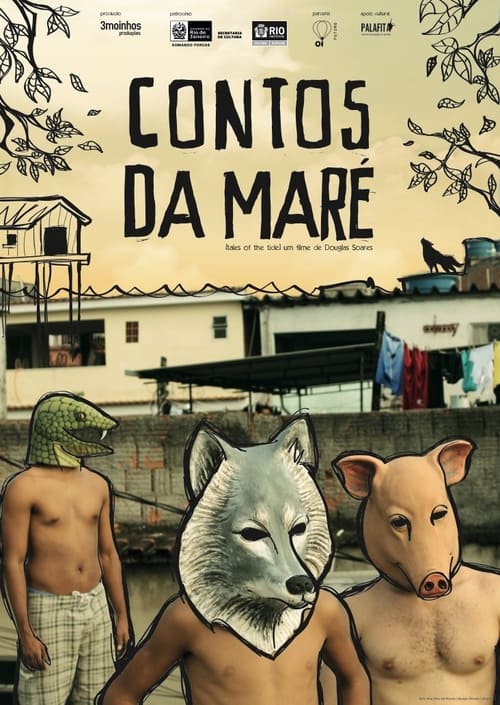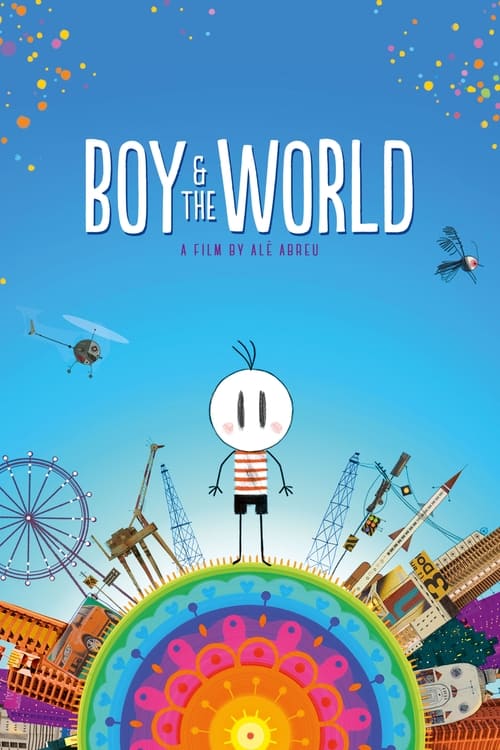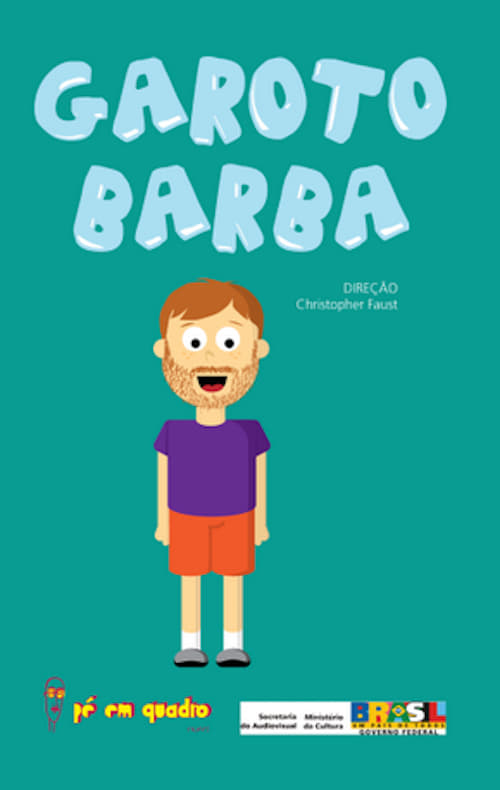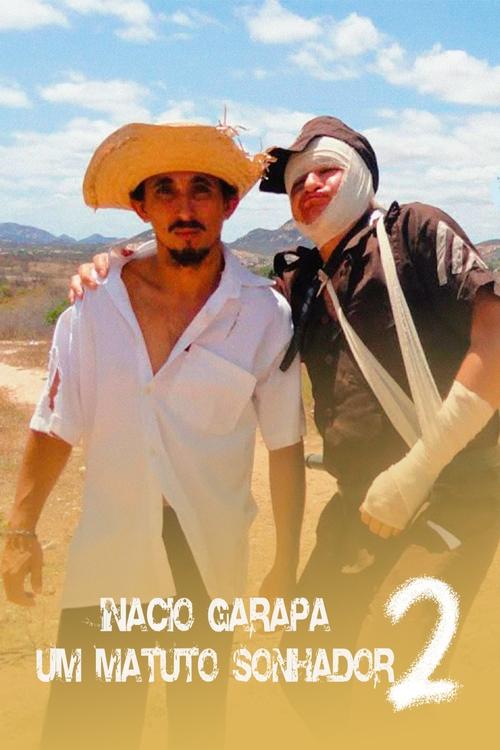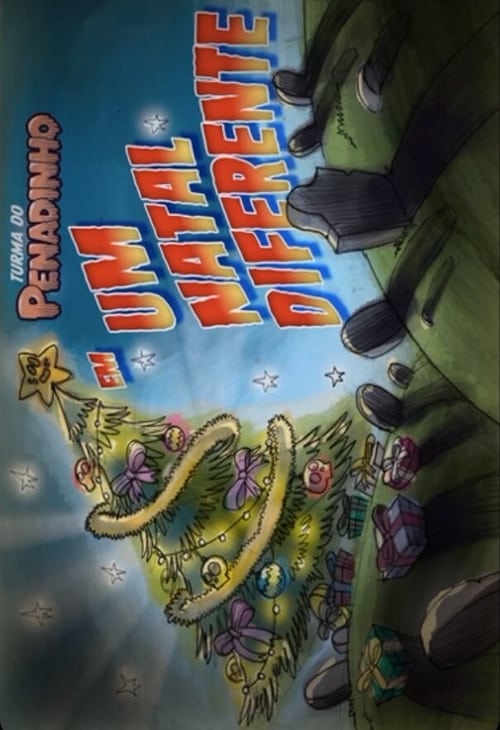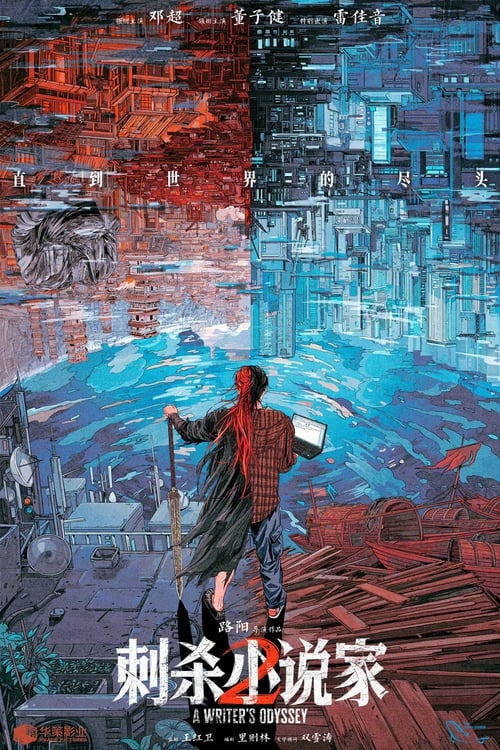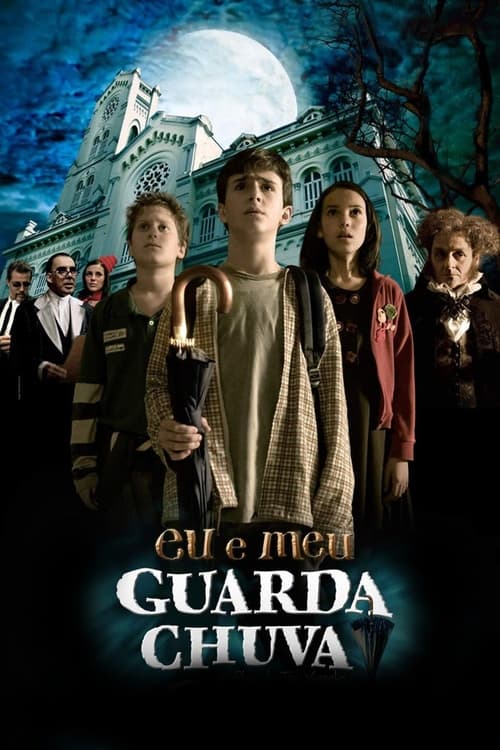
Ask Your Own Question
What is the plot?
More Movies Like This
Browse All Movies →What is the ending?
In the ending of "Contos da Maré," the characters face the consequences of their choices and the harsh realities of life in the Maré favela. The film concludes with a sense of unresolved tension, highlighting the struggles of the community and the individuals within it.
As the film approaches its conclusion, we see the characters grappling with their circumstances. The narrative shifts between different perspectives, showcasing the interconnected lives of the residents in the favela. The emotional weight of their experiences culminates in a series of poignant moments that reflect their hopes, fears, and the relentless challenges they face.
In the final scenes, we witness the aftermath of a violent confrontation that has left the community shaken. The camera captures the somber expressions of the characters as they navigate the streets, their faces etched with the pain of loss and the burden of survival. The atmosphere is heavy with a sense of inevitability, as the characters come to terms with the reality of their environment.
One of the central figures, a young boy, stands at a crossroads, contemplating his future amidst the chaos. His internal struggle is palpable as he weighs the allure of a life beyond the favela against the loyalty he feels to his friends and family. The film closes on a note of ambiguity, leaving the audience to ponder the choices he will make and the paths that lie ahead for him and his community.
As the credits roll, the viewer is left with a lingering sense of the complexities of life in Maré, the resilience of its inhabitants, and the ongoing cycle of hope and despair that defines their existence. The fates of the main characters remain intertwined with the fate of the favela itself, emphasizing the collective experience of those who call it home.
Is there a post-credit scene?
"Contos da Maré," produced in 2013, does not feature a post-credit scene. The film concludes its narrative without any additional scenes after the credits roll. The story wraps up the various intertwined tales of life in the Maré favela, focusing on the struggles, dreams, and realities of its characters, leaving the audience with a poignant reflection on their lives and the environment they inhabit. The absence of a post-credit scene emphasizes the film's commitment to its central themes and the emotional weight of the stories told.
What are the main stories told in Contos da Maré?
Contos da Maré weaves together several narratives that explore the lives of residents in the Maré favela in Rio de Janeiro. Each story highlights different characters and their struggles, showcasing the harsh realities of life in the community.
Who is the central character in the story of the young boy in Contos da Maré?
One of the central characters is a young boy named Júnior, who dreams of a better life outside the confines of the favela. His story reflects the innocence of childhood juxtaposed with the harsh environment he navigates.
How does the character of the mother influence the story in Contos da Maré?
The mother figure in Contos da Maré is portrayed as a strong yet vulnerable character, struggling to provide for her family amidst the chaos of the favela. Her sacrifices and emotional turmoil drive the narrative, highlighting the theme of maternal love and resilience.
What role does the gang play in the lives of the characters in Contos da Maré?
The gang in Contos da Maré serves as a looming presence that affects the characters' choices and lives. Their influence creates a sense of danger and urgency, pushing characters like Júnior to confront their fears and aspirations.
How does the film depict the relationship between the characters and their environment in Contos da Maré?
The film vividly illustrates the relationship between the characters and their environment, using the favela as a character in itself. The vibrant yet perilous setting shapes the characters' identities, dreams, and struggles, emphasizing the impact of their surroundings on their lives.
Is this family friendly?
"Contos da Maré," produced in 2013, is a film that explores the lives of residents in the Maré favela in Rio de Janeiro, weaving together various stories that reflect the struggles and resilience of its characters. While the film offers a poignant look at life in a marginalized community, it does contain elements that may not be suitable for all audiences, particularly children or sensitive viewers.
-
Violence and Crime: The film depicts the harsh realities of life in a favela, including scenes of violence and crime that may be distressing. This includes confrontations between gang members and the police, which can be intense and unsettling.
-
Poverty and Struggle: The characters face significant economic hardship, which is portrayed through their daily struggles. Scenes showing the impact of poverty on families and individuals can be emotionally heavy and may evoke feelings of sadness or discomfort.
-
Family Dynamics: There are moments of familial conflict and tension, including issues related to parental neglect or the challenges of raising children in a difficult environment. These dynamics can be upsetting for viewers who are sensitive to family issues.
-
Loss and Grief: The film touches on themes of loss, including the death of loved ones, which can be particularly poignant and may resonate deeply with viewers who have experienced similar situations.
-
Social Injustice: The portrayal of systemic issues, such as discrimination and social inequality, may be challenging for younger audiences to fully comprehend and could provoke strong emotional reactions.
Overall, while "Contos da Maré" is a powerful narrative that sheds light on important social issues, its content may be more suitable for older teens and adults due to the mature themes and emotional weight it carries.

